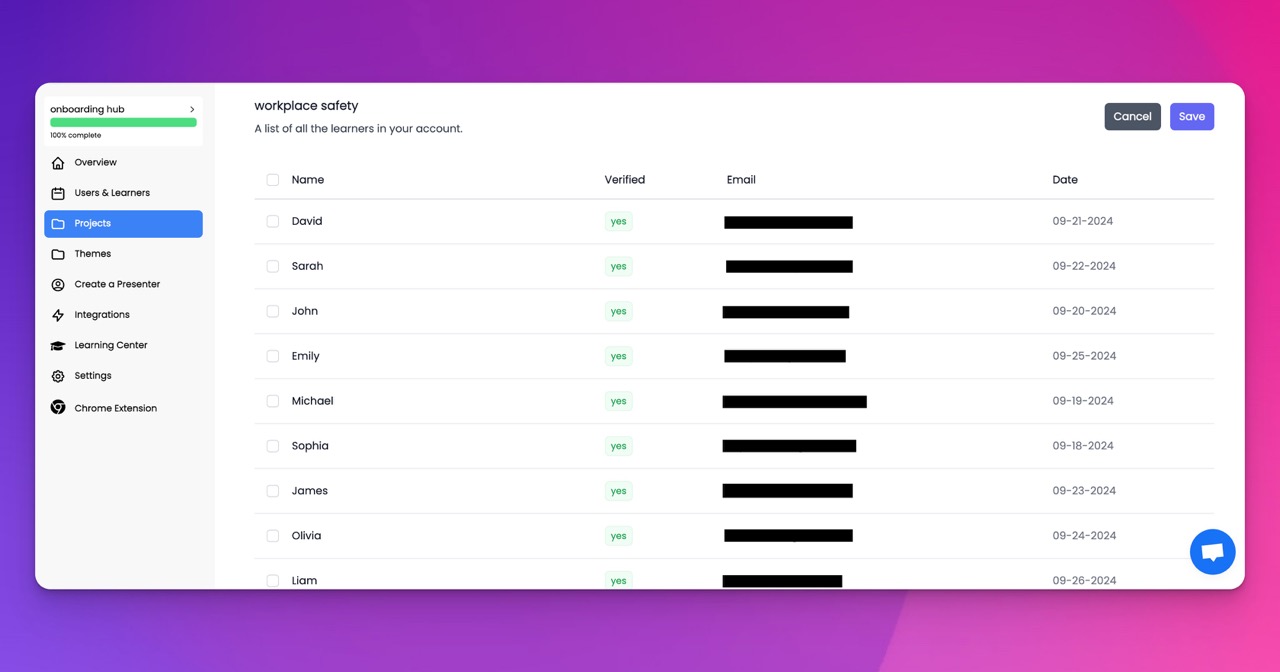🎉 Trainday now integrates with Zendesk and Hubspot 🎉 Trainday now integrates with Zendesk and Hubspot 🎉 Trainday now integrates with Zendesk and Hubspot
🎉 Trainday now integrates with Zendesk and Hubspot
🎉 Trainday now integrates with Zendesk and Hubspot
Contact
Default Numbers
Default numbers are values that are automatically assigned to certain fields or input boxes, usually when the user does not provide a value. These values are often pre determined by the system or software being used and can vary depending on the context of the input.
One common example of default numbers is in the field of dates. When a user is required to input a date, but does not provide one, the system may assign a default date such as January 1st of the current year. This is because the system needs a value to work with, and assigning a default value is often the easiest and most efficient solution.
Another example of default numbers can be found in numerical input fields. If a user is required to input a numerical value, but does not provide one, the system may assign a default value of zero. This is because zero is often considered a neutral value, and it is better to have a default value than to leave the field completely empty.
Default numbers can be useful in many situations, but they can also be problematic if not used appropriately. For example, if a default value is assigned to a field that should never be left blank, it may give users a false sense of security that the field has been filled in correctly. This can lead to errors or inaccuracies in the data being collected.
In conclusion, default numbers are a common feature in many software systems and can be useful in certain contexts. However, it is important to be aware of the potential pitfalls and to use them appropriately to ensure accurate data collection and processing.
Accelerate Compliance.
Deliver OSHA-Ready Courses Instantly.
Empower your team with data-driven training solutions tailored to your industry's safety standards. Stay compliant, reduce risks, and boost productivity with AI-powered course creation.
